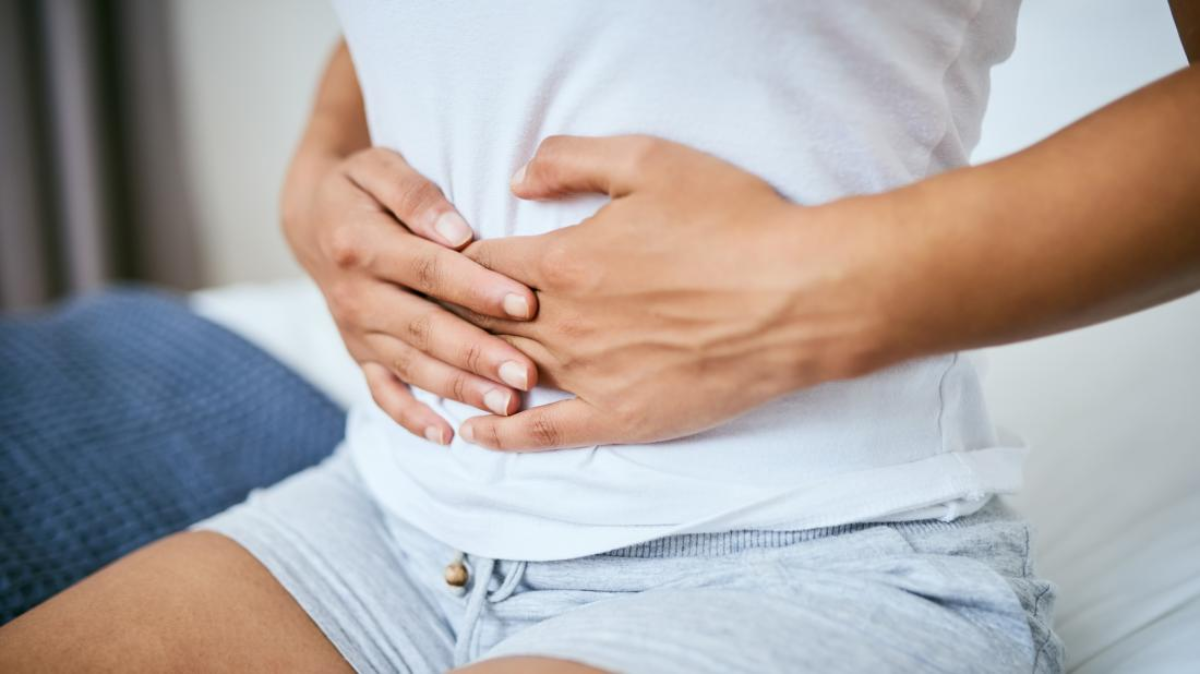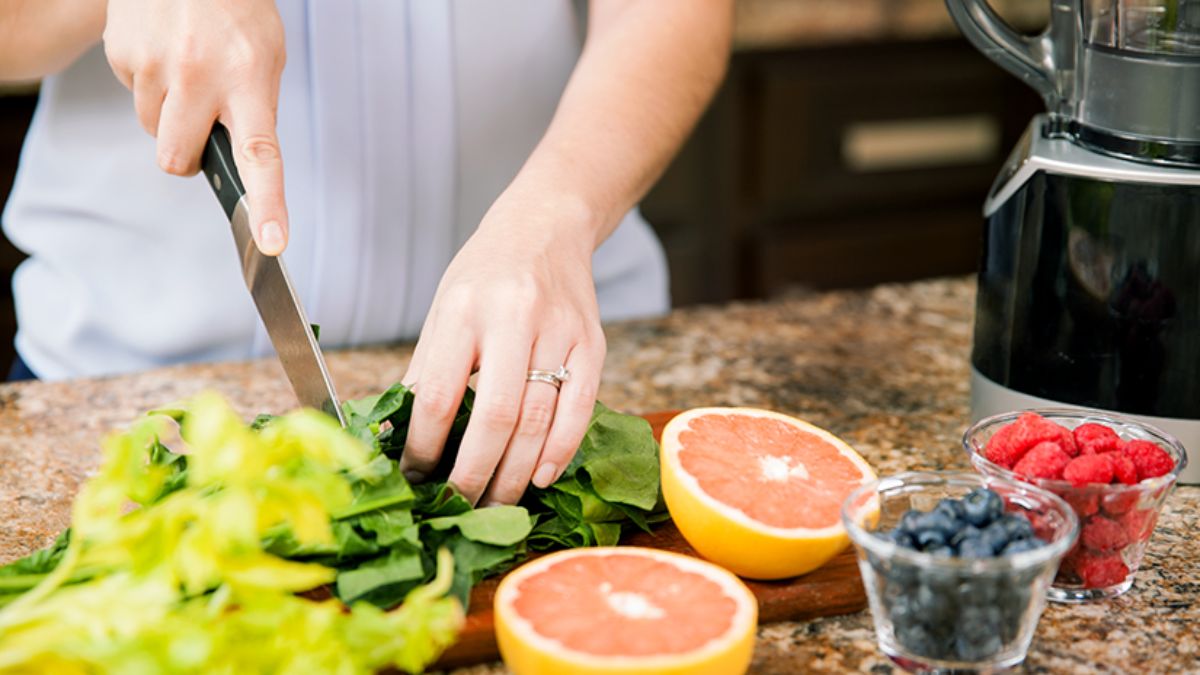At some point, 14% of people report having persistent constipation. Less than three bowel movements per week, straining, lumpy or hard stools, a sense of incomplete evacuation, feeling blocked, or not being able to pass a stool are all symptoms. Symptoms might vary in nature and severity from person to person. Constipation can be a chronic condition for some people, while it only occurs infrequently for others. There are several reasons why people get constipation, but the slow passage of food through the digestive system is a common culprit.
Constipation is caused by a lack of dietary fiber and water in the diet, among other things. Only 7% Americans meet the recommended daily intake of fiber, which is between 25 and 38 grams, according to a news release from the American Society for Nutrition in June 2021. Constipation can also be brought on by other elements like inactivity, altered toilet habits, resisting the urge to urinate, and some drugs and supplements.
What is Constipation?
Technically, constipation is defined as having less than three bowel motions each week. The frequency of “going” varies greatly from person to person. While some people go to the bathroom multiple times daily, others only do it once or twice weekly. As long as you don’t deviate too much from your pattern, your bowel movement pattern is particular to you and normal.
Whatever your bowel habits, one thing is certain: the longer you wait to “go,” the harder it is for feces or waste to pass. Typical characteristics of constipation also include the following:
- Your stools are dry and hard.
- Your bowel movement is painful, and stools are difficult to pass.
- You have a feeling that you have not fully emptied your bowels.
How Common is Constipation?
One of the most common gastrointestinal problems in the US is constipation. If you experience constipation, you are not alone. Every year, at least 2.5 million people seek medical attention for constipation.
Constipation can occasionally occur in people of all ages. Additionally, some individuals and circumstances are more likely to cause chronic constipation. These consist of:
- Older age. Older people tend to be less active, have a slower metabolism, and have less muscle contraction strength along their digestive tract than when they were younger.
- Being a woman, especially while you are pregnant and after childbirth. Changes in a woman’s hormones make them more prone to constipation. The baby inside the womb squishes the intestines, slowing down the passage of stool.
- I am not eating enough high-fiber foods. High-fiber foods keep food moving through the digestive system.
- You are taking certain medications.
- Certain neurological (diseases (brain and spinal cord) and digestive disorders.
Foods to Eat for Constipation
Fortunately, some meals can reduce constipation by bulking up the stool, softening it, speeding up gut transit, and increasing the frequency of bowel movements.
Here are ten foods that can help you stay regular and treat constipation.
Prunes
Prunes are dried plums and are frequently used as an all-natural constipation treatment. Each 1/4 cup (40 grams) serving has a high fiber content of almost 3 grams. This amounts to 12% of the Recommended Daily Intake (RDI) for fiber set by the American Heart Association. Prunes contain cellulose, an insoluble fiber that raises the water content of the stool, giving it the potential to be more voluminous.
Short-chain fatty acids are also produced during the colon’s fermentation of the soluble fiber in prunes, which can also increase stool weight. t Prunes additionally contain sorbitol. Because the body poorly absorbs this sugar alcohol, water is drawn into the colon, which sometimes has a laxative effect.
Apples
Apples contain a lot of fiber. In actuality, 4.8 grams of fiber, or 19% of the RDI, may be found in one medium apple with the skin on (approximately 200 kilos). Apples contain soluble fiber, primarily in the form of a dietary fiber known as pectin, even though most fiber is insoluble. In one research of 80 constipated individuals, pectin was found to hasten the passage of stool through the intestines, reduce constipation symptoms, and boost the number of helpful bacteria in the stomach. Bacteria quickly digest pectin in the stomach to create short-chain fatty acids, which can draw water into the colon, softening the stool and shortening gut transit time.
Pears
Another fruit high in fiber is the pears, which contain 5.5 grams in a medium-sized fruit (about 178 grams). In terms of fiber, that is 22% of the RDI. Pears are notably high in fructose and sorbitol compared to other fruits, in addition to the advantages of fiber.
A form of sugar that some people have trouble absorbing is fructose. This indicates that part of it eventually makes its way to the colon, where it draws in water via osmosis and prompts a bowel movement. The sugar alcohol sorbitol can also be found in pears. Sorbitol, like fructose, is poorly absorbed by the body and, by delivering water into the intestines, works as a natural laxative. Pears can be incorporated into your diet in a variety of ways. You can eat them with either raw or cooked cheese or add them to salads, savory dishes, and baked products.
Kiwi
Roughly 2.3 grams, or 9% of the RDI, are found in one kiwi, which weighs about 75 grams. In one trial, a kiwi-derived supplement was eaten for 28 days by 19 healthy people. When compared to a control group, researchers discovered that doing so significantly increased the number of bowel movements each day. In another study, 11 healthy people who had two kiwis every day for two weeks had more bowel movements and looser stools. Additionally, a 2010 study administered two kiwis daily for four weeks to 54 individuals with irritable bowel syndrome. Participants noted more frequent bowel motions and quicker colonic transit times following the trial.
Figs
Figs are a fantastic method to increase fiber intake and encourage regular bowel movements. Fifty grams of a medium raw fig has 1.5 grams of fiber. Additionally, just half a cup (80 grams) of dried figs has 7.9 grams of fiber or almost 32% of the recommended daily intake. In a previous study, fig paste was used to treat constipation in dogs for three weeks. It was discovered that fig paste shortened intestinal transit time and increased stool weight. Further research discovered that consuming 10.6 ounces (300 grams) of fig paste daily for 16 weeks reduced stomach discomfort and sped up colonic transit.
Citrus Fruits
Oranges, grapefruits, and mandarins are just a few examples of citrus fruits that make a tasty snack and are high in fiber. One orange, for instance, which weighs roughly 154 grams, has 3.7 grams of fiber, or 15% of the RDI. One grapefruit weighs about 308 grams and has over 5 grams of fiber, which satisfies 20% of your daily requirements. Pectin, a soluble fiber found in citrus fruits, is particularly abundant in the fruit’s peel. Pectin can shorten the duration of intestinal transit and ease constipation. Citrus fruits also contain a flavanol called naringenin, which could affect how well they treat constipation.
Spinach and Other Greens
In addition to being high in fiber, vegetables like spinach, broccoli, and Brussels sprouts are also excellent sources of folate and vitamins C and K. These vegetables give stools weight and volume, facilitating bowel movement. Cooked spinach provides 4.7 grams of fiber, or 19% of the RDI, per cup (180 grams). Try including spinach in a quiche, pie, or soup to add more of it to your diet. Raw baby spinach or tender greens can increase the fiber content of salads or sandwiches. Brussels sprouts are incredibly healthy, providing 14% of your daily fiber requirements and only 41 calories in just five sprouts.
Jerusalem Artichoke and Chicory
Both chicory and the Jerusalem artichoke, members of the sunflower family, are significant providers of inulin, a soluble fiber. Being a prebiotic, inulin aids in supporting digestive health by encouraging the growth of bacteria in the stomach. Bifidobacteria benefit especially from it. According to a literature review on inulin and constipation, inulin promotes regular bowel movements, enhances stool quality, and shortens gut transit time. Additionally, increasing the bacterial mass in stools has a slight bulking effect.
Artichoke
g regularity and good gut health. Prebiotics, including inulin, are indigestible carbohydrates that feed the good bacteria in your gut, boosting their population and thwarting artichokes. Scientific research shows they have a prebiotic effect, supporting regularity and good gut health. The growth of pathogenic bacteria. In a previous study, persons who consumed 10 grams of fiber from artichokes daily for three weeks had higher levels of the good bacteria Bifidobacteria and Lactobacilli. It also discovered a decline in dangerous bacteria in the intestines.
Oat Bran
The oat grain’s fibrous outer shell is called oat bran. It contains a lot more fiber than the usual quick oats. Comparatively, quick oats only have 2.7 grams of fiber every third cup (31 grams) of oat bran. Two earlier studies have demonstrated the beneficial effects of oat bran on gastrointestinal function, even if more research is required.
First, a British study found that people aged 60 to 80 significantly experienced increased frequency and consistency of bowel movements and decreased pain after consuming two oat-bran biscuits daily.
A different study discovered that nursing home patients in Austria used fewer laxatives when they consumed 7-8 grams of oat bran daily. Oat bran is simple to incorporate into granola mixtures for bread or muffin baking.
Symptoms of Constipation
Symptoms of constipation include:
- You have fewer than three bowel movements a week.
- Your stools are dry, hard, and lumpy.
- Your stools are difficult or painful to pass.
- You have a stomach ache or cramps.
- You feel bloated and nauseous.
- You feel that you haven’t completely emptied your bowels after a movement.
Can Constipation Cause Internal Damage or Lead to Other Health Problems?
A few issues may arise if you don’t have soft, frequent bowel movements. Several difficulties include:
- Swollen, inflamed veins in your rectum (a condition called hemorrhoids).
- Tears in the lining of your anus from hardened stool trying to pass through (called anal fissures).
- An infection in pouches that sometimes form off the colon wall from stool that has become trapped and infected (a condition called diverticulitis)
- A pile-up of too much stool/poop in the rectum and anus (a condition called fecal impaction).
- Damage to your pelvic floor muscles from straining to move your bowels. These muscles help control your bladder. Too much straining for too long a period may cause urine to leak from the bladder (a condition called stress urinary incontinence).
Conclusion
Consuming numerous fruits, vegetables, legumes, and seeds might ease constipation. A high-fiber diet helps soften stools, give them weight and volume, and encourages bowel motions. However, high-fiber diets may worsen constipation in some people, so it’s vital to discuss your options with your doctor. Additionally, it’s crucial to consume a lot of water.
Keep in mind that as your fiber intake rises, so will your need for fluids. Another important element in reducing constipation symptoms and establishing healthy bowel habits is regular exercise. It would help if you also drank lots of water and exercised. To improve your regularity, stool consistency, and general comfort if you suffer from constipation, try gradually incorporating some of the foods listed above into your diet.


